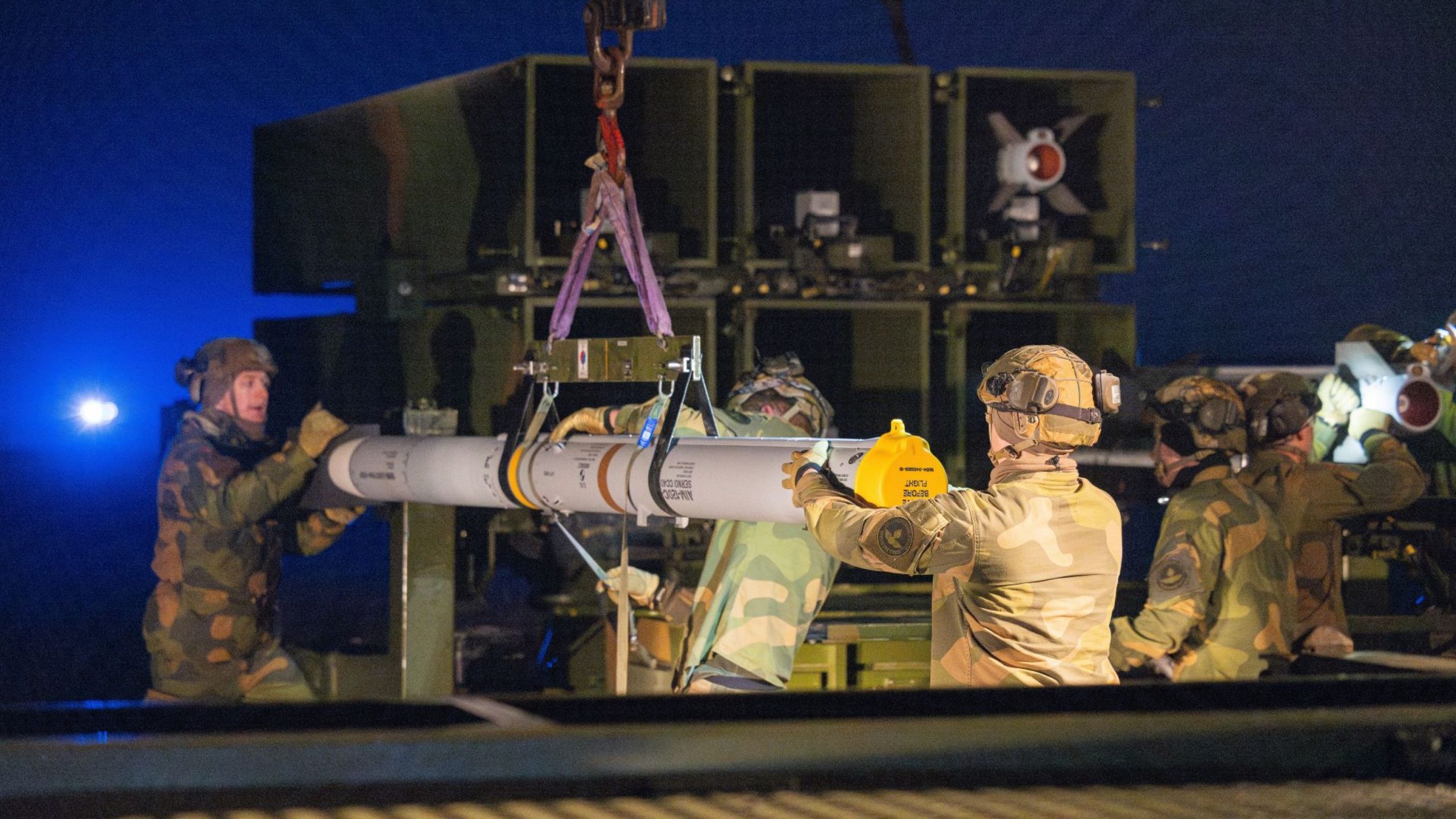Defence in brief: Norway buys more NASAMS
Norway has ordered additional NASAMS air defence systems valued at $242 million (EUR241.6 million) exercising an option from a contract signed in June, that was designed to increase Kongsberg’s ability to produce NASAMS and improve Norway’s defences, according to a 19th December press release.
The contract with the Norwegian Defence Materiel Agency (Forsvaret) includes new multi-missile canister launchers and new Fire Distribution Centers for NASAMS, replacing equipment previously donated to Ukraine as well as building up further capacity. Norway’s long term defence plan aims to double the number of NASAMS launchers and this order also helps to replace the systems donated to Ukraine.
In 2007, Norway is understood to have had six batteries of NASAMS II in service, which were upgraded in 2019, it is not clear whether Norway has added to that complement since. In any case, the 2024 procurements may indicate the ambition to have between eight and twelve batteries in service.
“In 2024, we stepped up the pace and in less than a year we have secured deliveries equivalent to four complete NASAMS batteries to the Norwegian armed forces. This milestone lays a solid foundation for future acquisitions,” said Norway’s Defence Minister Bjørn Arild Gram. The option exercised in December was for two additional batteries (on top of two from June), with two NASAMS training simulators also on order. Moreover, Norway is looking to procure two long-range air defence systems to complement the NASAMS launchers at an estimated budget of $1.7 – $2.6 billion for delivery from 2029, with the NASAMS batteries to be delivered from 2025.
Calibre comment
The National Advanced Surface-to-Air Missile System, or NASAMS, was first developed by Norsk Forsvarsteknologi (now Kongsberg) and Hughes Aircraft Company (now Raytheon) for the Norwegian armed forces in the 1990s. It is an adaptable short- to medium-range system that can fire the AIM-120 and AMRAAM-ER, air-to-air missiles. This gives it an engagement envelope of 20 km and 40 km respectively.
Air defence against cruise missiles has become a key concern for European nations as Russia’s ability to launch and sustain large scale strikes against Ukraine’s critical national infrastructure has become clear. The ability of NASAMS to integrate into NATO’s C2 infrastructure for air defence will make a valuable contribution to improving Europe’s security, especially once complemented with additional long-range systems.
By Sam Cranny-Evans, published on 24th December 2024.

Sign Up for Updates!
Get insider news, tips, and updates. No spam, just the good stuff!





